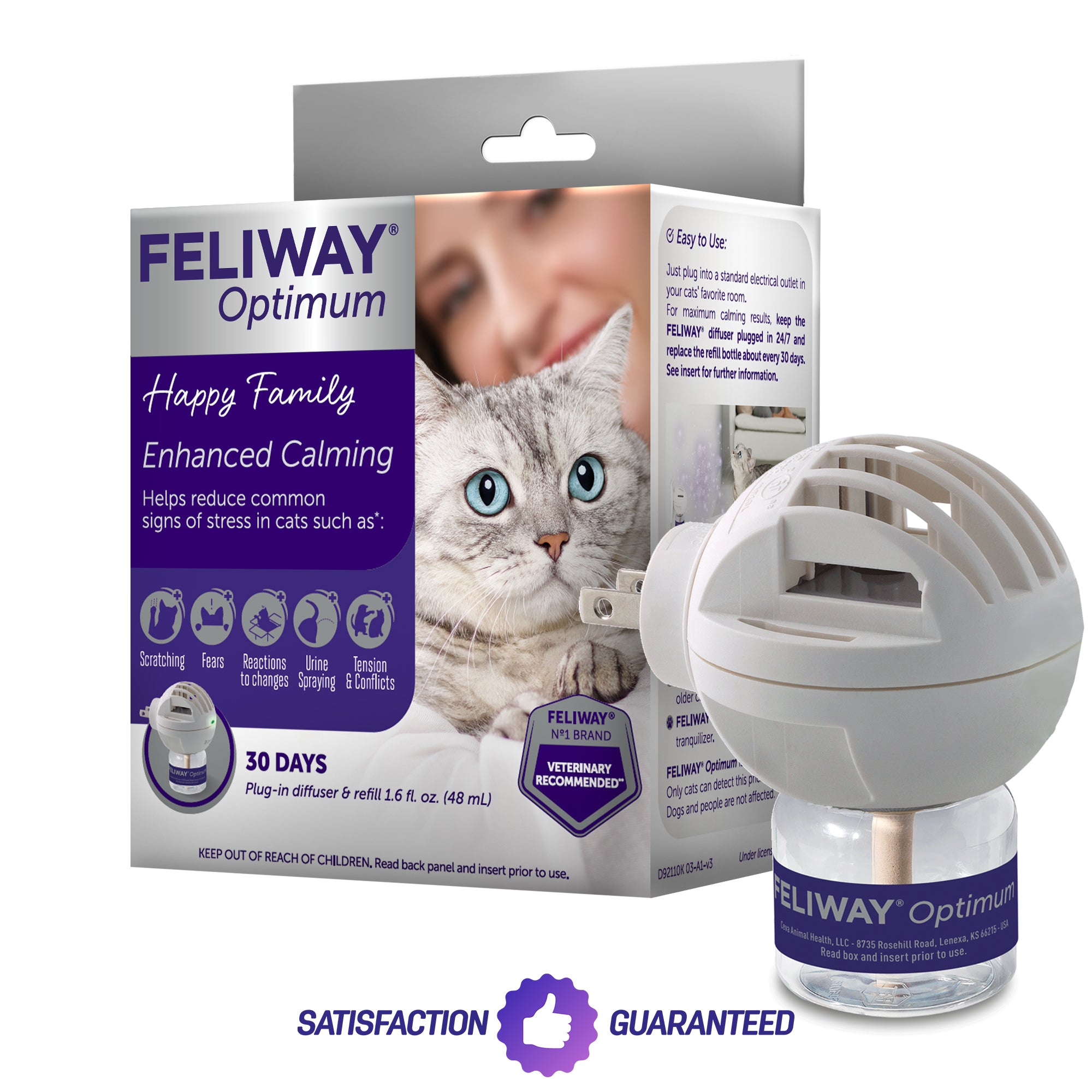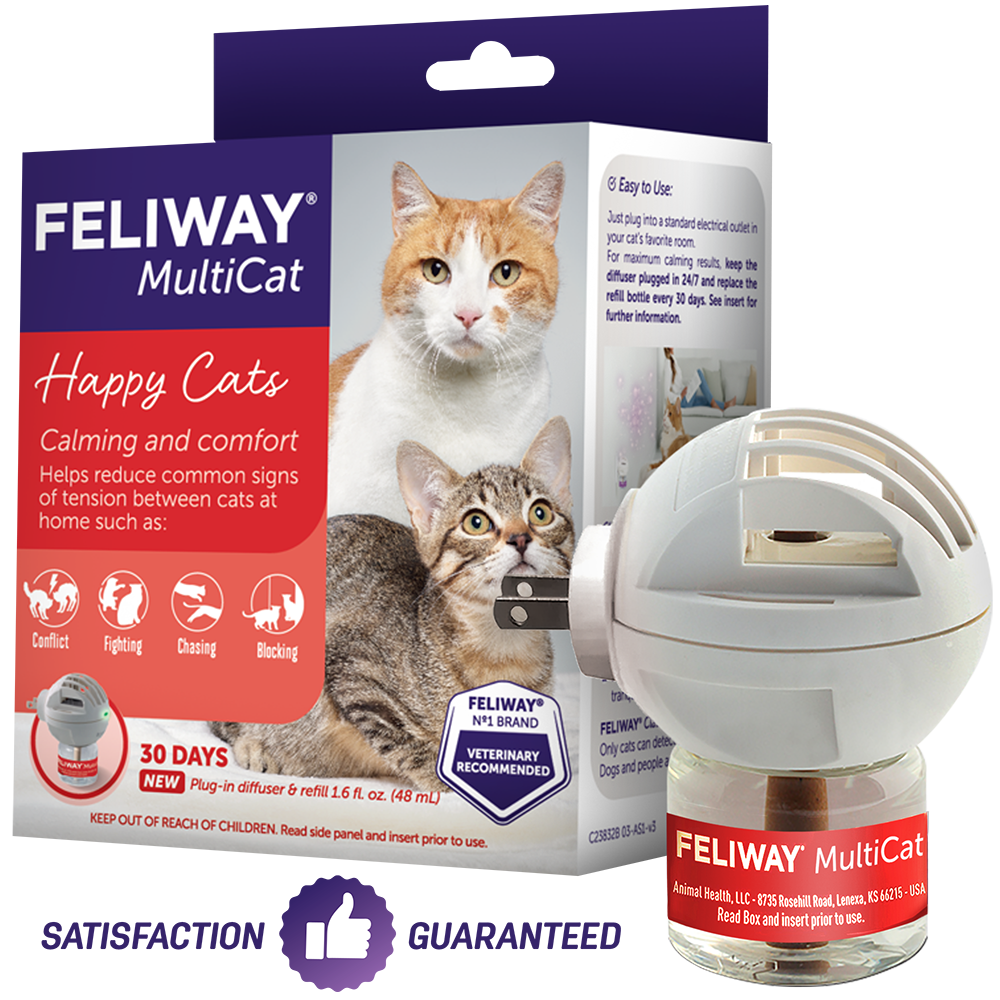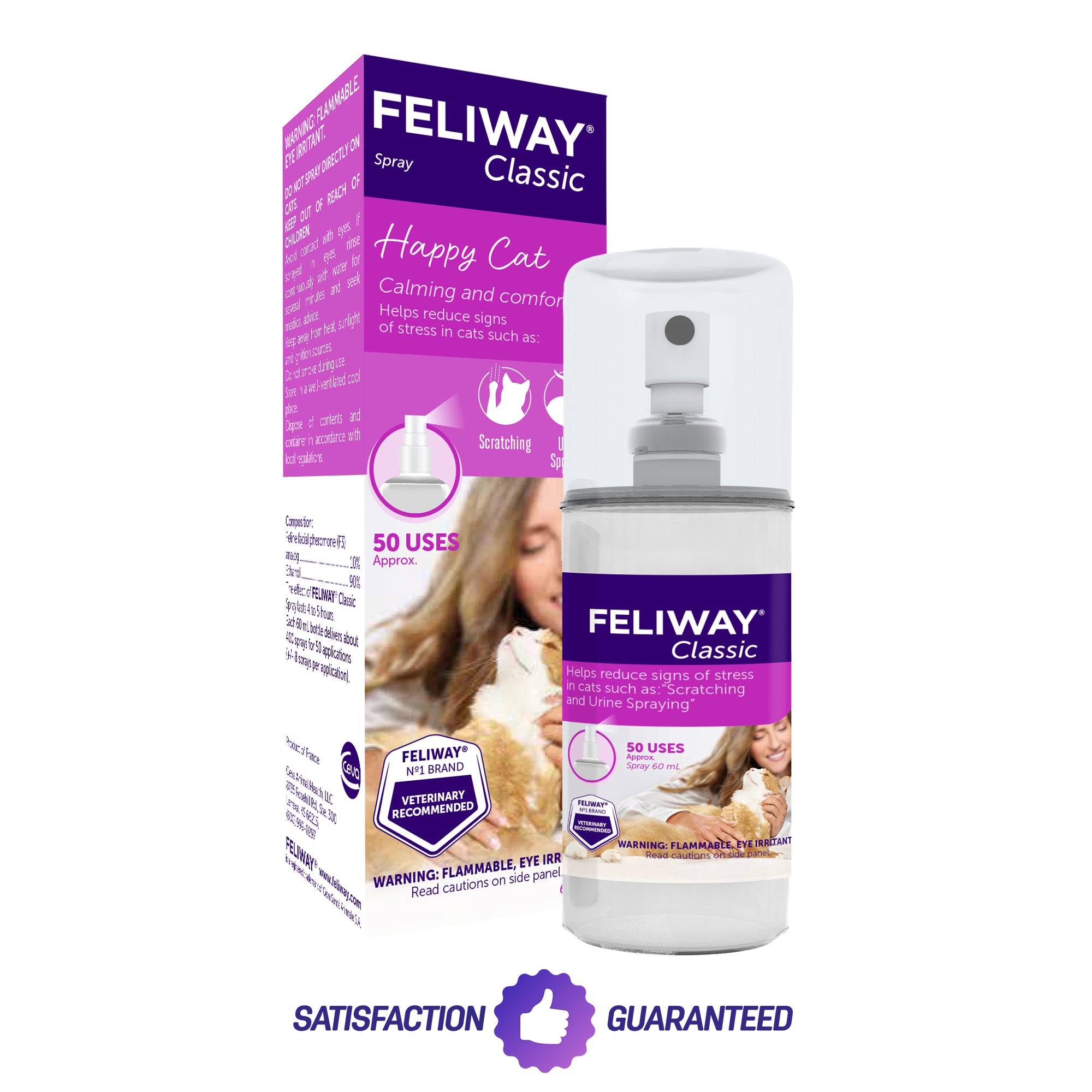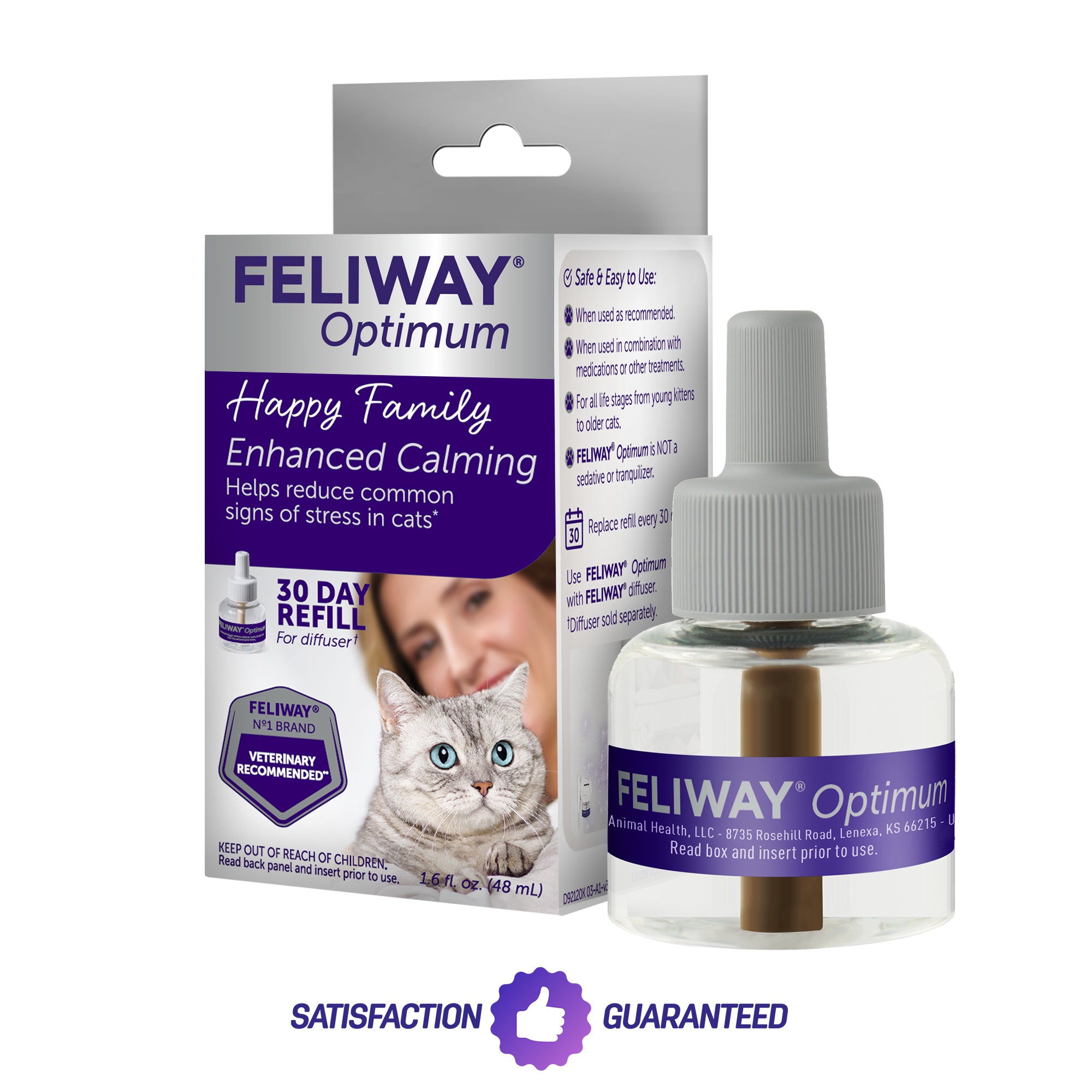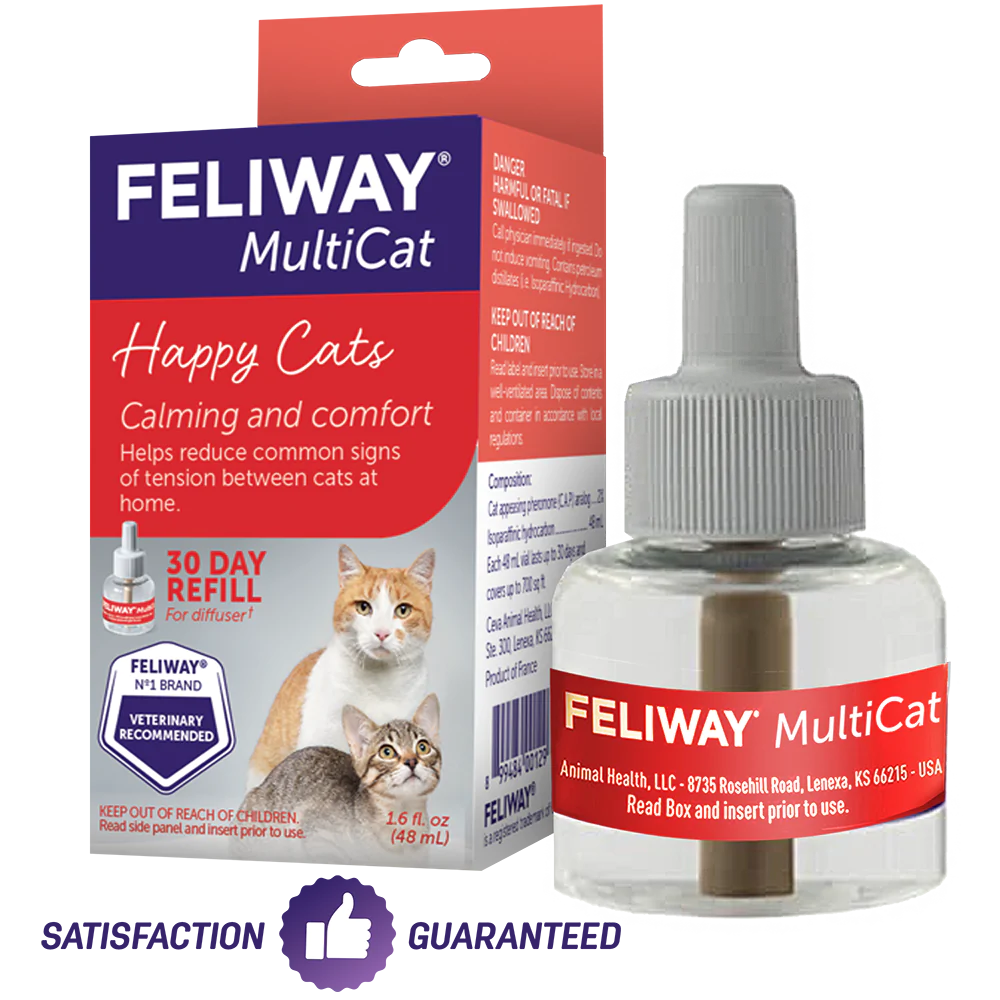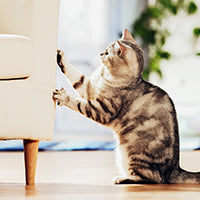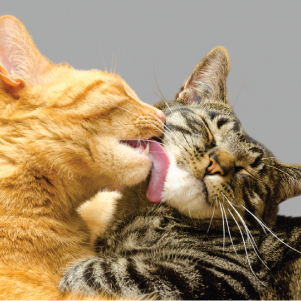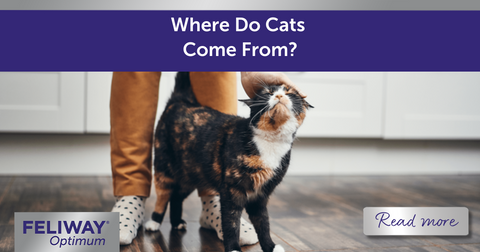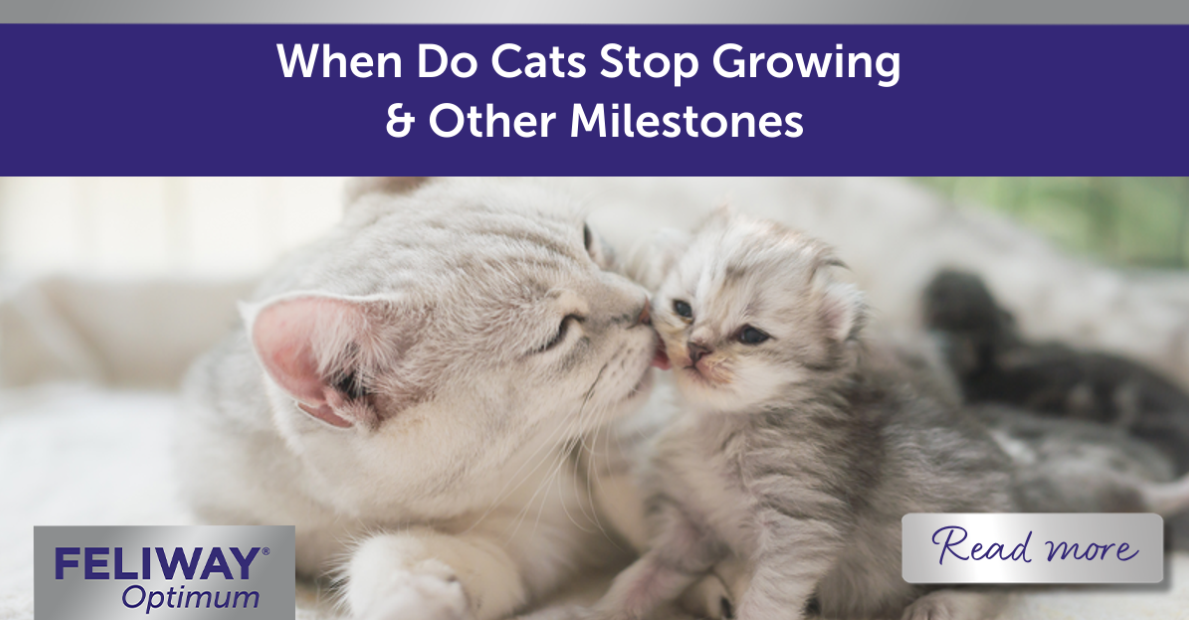
When Do Cats Stop Growing and Other Milestones
A common question that many cat parents have is, “when do cats stop growing?”. Whether you’ve just adopted a kitten or are interested in learning more about your cat’s development, understanding a kitten’s stages into becoming a cat can help you to better care for them. It can help you understand their nutritional needs, monitor their health, and prepare your living space appropriately.
In this blog, we’ll talk about when kittens stop growing as well as other frequently asked questions about a cat’s lifecycle to help you understand and celebrate all the important milestones your feline friend will encounter during their lifetime.
When Do Kittens Stop Growing?
Although there is no one-size-fits-all answer to the question “when do kittens stop growing?”, they are generally considered fully grown at 18 months. However, some cats don’t reach full size until they are 2 years old, which is 24 in human years! Generally, when kittens are adults, they weigh between 4 and 6 kg and are between 20 and 25 cm tall. Some breeds can be bigger, with Norwegian Forest and Ragdoll cats reaching up to 9 kg and 30 cm tall.

When Do Kittens Become Cats?
There are four main life stages for a cat, with up to a year of their life being in the kitten stage. After that, they become a young adult, a mature adult, and then a senior. At each of these growth stages, cats continue to develop their behavior and cognitive point of view.
During these life stages, cats require different forms of care from their humans.
Kittens (up to 1 year)
Make sure the physical and social environment of your home is set up to meet the needs of a developing kitten, as this will help prevent behavior issues in the future. The kitten stage is a great time to train your kitten to get them used to normal things that’ll happen in their life, such as…
- Grooming
- Teeth cleaning
- Nail clipping
- Going into their carrier
- Gentle handling
Young Adult (1-6 years)
By 1 year old, your kitten has become a cat, reaching physical and emotional maturity. This is a good time to check that your feline friend has the appropriate space and resources, such as litter trays and scratching posts. Now your cat is larger, they’ll naturally need a larger litter tray and scratching post than they did as a kitten!
At this milestone, play should also be encouraged as part of a daily routine. This not only helps with development but also allows you to find out what games and toys your cat enjoys. Although adult cats may not seem as interested in play as they did as a kitten, it’s still an important activity for them. They have a natural drive to use their hunting skills and play is a great outlet, plus it’s great for physical and mental exercise.
When cats reach social maturity, there can be a change in inter-cat relationships in the home. You might notice your cats are not as close as they used to be if you spot them staring at one another, blocking each other’s access to resources, or even just avoiding touching each other when they sleep. This makes it important to keep an eye out for situations your cat might find worrying so you can support them.
If you have noticed your cats are not as harmonious as they used to be, or they’re finding some aspects of life difficult, try using FELIWAY® Optimum. Simply plug the diffuser into the room they spend the most time in. The diffuser will then release reassuring messages that help to bring enhanced serenity to your cat while they’re facing changes in the home or their social relationships.
